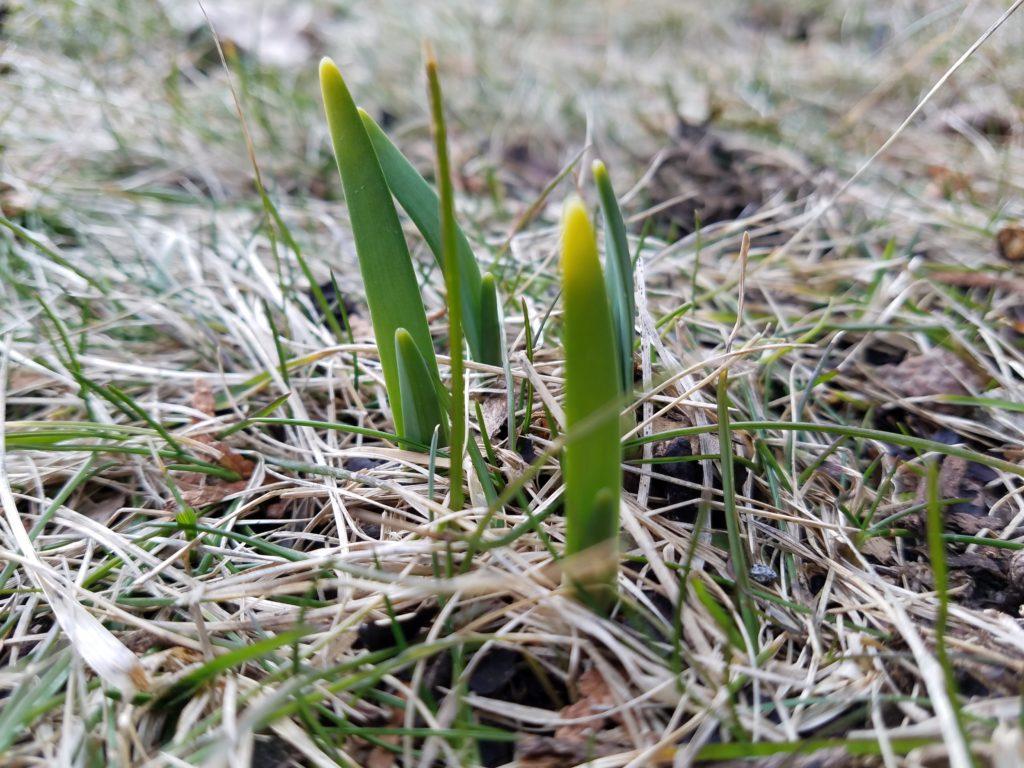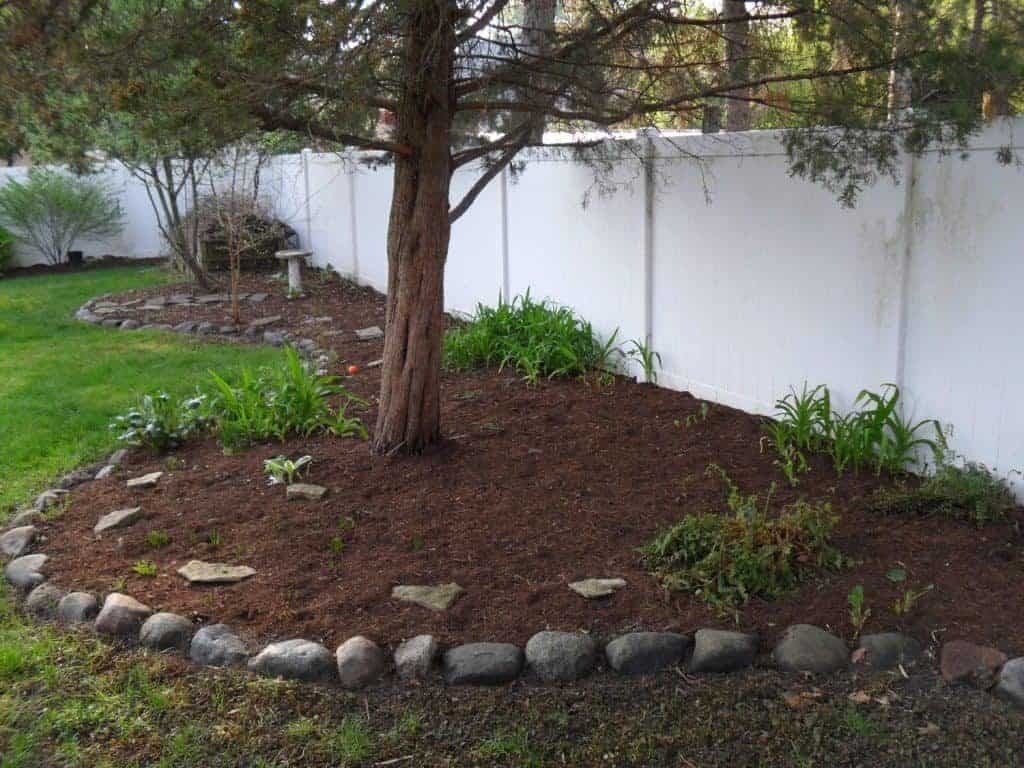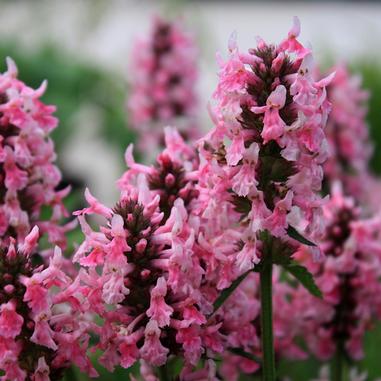
A cacophony of bird songs filled the trees and permeated the air, serenading each bud and bloom in Spring’s warming embrace. Sleepy daffodils sprouted forth, bravely stretching towards the vernal sun. The landscape was stirring, and our souls awakening in its midst.
It’s almost go time, and along with Spring Clean Ups and Lawn Renovations, we must turn our attention to one of the most important additions to the landscape. Mulch.

If you do nothing else this year, install or replenish mulch! It’s literally considered a work horse in the landscape and can quickly turn a tired, unkempt yard into a neat and aesthetically pleasing landscape, but that’s not all!
Mulch helps maintain moisture and reduces evaporation; thereby, minimizing the need for supplemental watering and capitalizing on moisture that naturally falls to the ground. Mulch also helps control weeds by suppressing germination. It is also a great insulator and can improve soil aeration and drainage. Mulch can reduce the likelihood of damage from lawn mowers and weed trimmers by creating a barrier, and lastly, mulch helps give planting beds and tree rings a uniform and manicured look.
What exactly is mulch? Mulch can be defined as any material used on the surface of the soil, including organic materials such as wood chips, straw, pine needles, cocoa hulls, peat moss and lawn clippings. Inorganic mulches include river rock, shredded rubber, volcanic rock and synthetic fabrics. Organic mulches are preferred and more widely used. They are also more cost-effective, but the choice is ultimately yours.
How should mulch be used? Mulch should be spread at a depth of 2-4″. Not to exceed 6″. For trees, the larger the mulched area, the better, as it should reach, minimally, the drip line (i.e. the outer perimeter of the branches); however, never mound the mulch up around the base of the tree, also known as “volcanic” mulching. This can promote disease on the lower trunk as the tree’s bark is no longer exposed to air and light. The bark will begin to rot, and the tree can no longer protect itself from insects and disease. “Volcanic” mulching also promotes the growth of secondary roots which can encircle the trunk and choke off the main roots. This type of mulching won’t kill a tree immediately, but will lead to a slow, unnecessary death.
When should mulch be used? Almost any time is a good time, but many prefer to mulch or re-mulch in Spring. Reach out to Sweeney’s today, and let us provide and install that “cure-all”. You and your landscape will be glad you did!
Plant of the Week

Pink Cotton Candy Betony
Beautiful clumping perennial with upright spikes of cotton candy pink flowers that bloom June – August above fresh green foliage. Prefers full sun and moist, well-drained soil. Grows 18-24″ tall and 18-24″ wide. Attracts bees and other pollinators. Deer resistant.
“Even the richest soil, if left uncultivated, will produce the rankest weeds.”
-Leonardo Da Vinci
Best wishes,
Kim Sweeney
